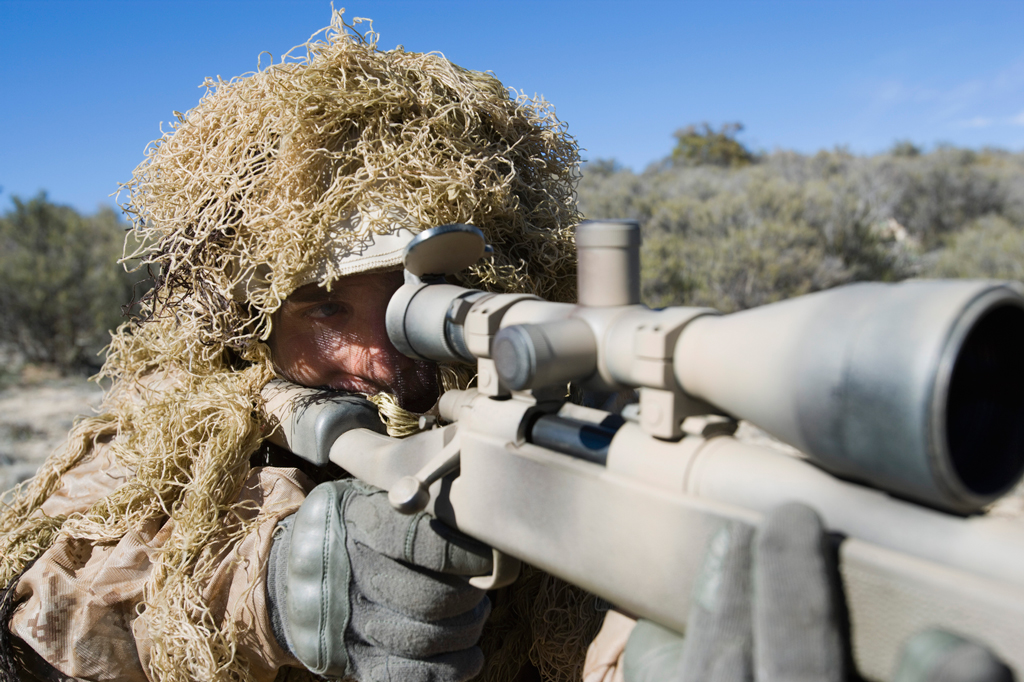
That’s Right the Navy had an Underwater Revolver
The M1 gun, also called the Mark 1 Mod 0 Underwater Defense Gun, is a firearm developed for underwater use by the United States military during the height of the Cold War with the Soviets. Like most other underwater guns, it was designed to fire a longer, streamlined projectile rather than a bullet.
The M1 ammunition was engineered as a unique 4.25 inch dart made from a tungsten alloy. This was catalogued separately as Mark 59 underwater ammo. The projectile was a needle-like 0.1″ diameter and weighed less than 10 grams. It also had four tail fins to ensure a slight rotation.

History
The firearm was designed as part of a project which was carried out in the 1960s at the White Oak Laboratory of Silver Spring, MD. Labeled TDP 3801, the original goal of the project was the LanceJet, a highly portable rocket-firing weapon. However, the LanceJet proved to be both inaccurate and overly expensive to produce. Focus then shifted to the M1 as a counter to the Soviet Navy’s SPP-1 underwater gun. The US M1 met with the approval of the Naval Surface Weapons Center and went into official use in the early 1970s.
Loading and Firing
The Mark 1 Mod 0 Underwater Defense Gun is a pepper-box type firearm. The removable cylinder held six projectiles held in position with plastic disks. Most Navy personnel who carried the weapon also carried an extra loaded cylinder, which could be reloaded directly into the gun through a spring-loaded door on it’s left side.
When a loaded cylinder was placed into the casing and the door closed, the gun was ready for use. A manual safety was a rotating knob located behind the trigger assembly.
Similar to the classic revolver design, each squeeze of the trigger released pressure from a primer and small charge at the rear of the cylinder to fire a cup-shaped piston which drove the Mk.59 projectile at a velocity of about 225 meters per second. The cylinder then rotated 60 degrees, lining up the next projectile between the barrel and firing pin and retracting the piston.
The safety knob could be switched to either side of the gun, depending on the preference of the user. The M1 also had a fixed sights highlighted with bright yellow dots to improve aim. The gun had an effective range of 10 meters, or about 33 feet, at a depth of 18 meters. With no muzzle flash and almost no sound, it was the perfect sidearm for stealthy underwater operations.

Specifications
The M1’s cylinder, door assembly, and action hardware, as well as its core frame, were made of aluminum. The double-action trigger was composed of nylon, while everything else was formed from stainless steel.
The central chamber was a cylindrical steel case about 14 cm long.
- * Empty weight: 2.26 pounds
- * With cylinder and six projectiles: 4.17 pounds
- * Length: 9.75 inches
- * Rate of fire: 12 rpm
The Mark 1 Mod 0 Underwater Defense Gun, however, didn’t remain in service for long. It was eventually replaced as a Navy Seal and UDT gun (Underwater Demolitions Team) by the more compact, longer-range Heckler & Koch P11, which was introduced in 1976.
The M1 was considered by most of the divers who carried it to be bulky and heavy along with all their other equipment. It was also a secretive, controlled-access weapon; it had to be personally signed out for use each time. This was an added inconvenience contributing to the general disapproval of an underwater gun that otherwise was functional and reliable.
Sources: Wikipedia, Joe Trevithick



